Chief Engineer
Together with your engineering team, you will develop the design-strategy of the project and ensure the quality of the final product by making sure all technical problems have been considered and that the most fitting solution is selected. You will work closely with your Lead Mechanical, Lead Software and Lead Embedded and Electrical.
As Chief Engineer, you have the end-responsibility for the technical quality of the exoskeleton. You have a broad knowledge of all the subsystems of the exoskeleton, from the joints to the electronics, and from the software to the hardware. More importantly, you have the complete overview of the system as a whole. This allows you to directly support the different engineering departments, as well as manage critical interfaces and make crucial top-level trade-offs. You help the team figure out where the technical focus lies and you guide them in making the choices so that everyone has the same priorities and the entire team can work together optimally. Moreover, as part of the Management Team, you will represent the technical point of view within the general decision-making.
What you will do as Chief Engineer
Every day, you spend a lot of time talking to Leads of the technical departments. They will inform you about the technical difficulties within their departments, and give you a solid base to make the right decision. Of course, you will also talk to the engineers yourself too. This way, you stay well informed on different teams' progress and the current status of the design process. You will need to listen attentively and think critically about their explanations. By asking the right questions, you try to find out whether everything has been thought of and whether there are any (unforeseen) problems for them or for other people in the team. In addition you can provide your own recommendations to decisions and even put projects on hold if resources should be better spent elsewhere.
Furthermore, you invest a lot of time in devising the forms of collaboration and the organization of the team. Every design phase calls for a different approach and together with the Project Manager you make a plan for each phase; assess the technical quality of work; keep track of interfaces and avoid interference. It is important to look far ahead in the future, to predict possible friction in the planning. Should a problem arise, you must consider the options, weigh the risks, and then guide the team to a solution. You ensure that your team has the right focus, that they are eager to take on the challenge and come up with a solution. With your Management Team, you will also have weekly meetings, to discuss all possible issues and advancements.
You recognize yourself in
You have a broad knowledge in both hardware and software.
You have effective communication skills, both written, verbally and visually.
You are interested in and know about design cycles.
You have an enthusiastic personality and are able to motivate yourself and others.
You are good at keeping an overview and taking responsibility.
You have good organizational skills.
You dare to lead a team and present for large groups.
You have some experience in working with groups, projects, and/or committees.
You are curious about every part of the exoskeleton and able to ask critical questions.
You aren’t afraid to make fast decisions with large dependencies.
Often friends describe you as stress resistant and a real initiator.
You want to become (even) better at
Knowing all kinds of useful information of various technical backgrounds.
Managing 20 engineers with different study backgrounds and working methods.
Learning to get a team to work together as optimally as possible.
Anticipating problems and finding the right solution in time.
Critical thinking skills.
Working independently within a team, setting your own deadlines while taking into account many others.
You get in return
Technical and personal skills.
Experience in working together in a large multi-disciplinary team.
The space to make mistakes and learn from them.
A year full of unforgettable memories and new friends.

